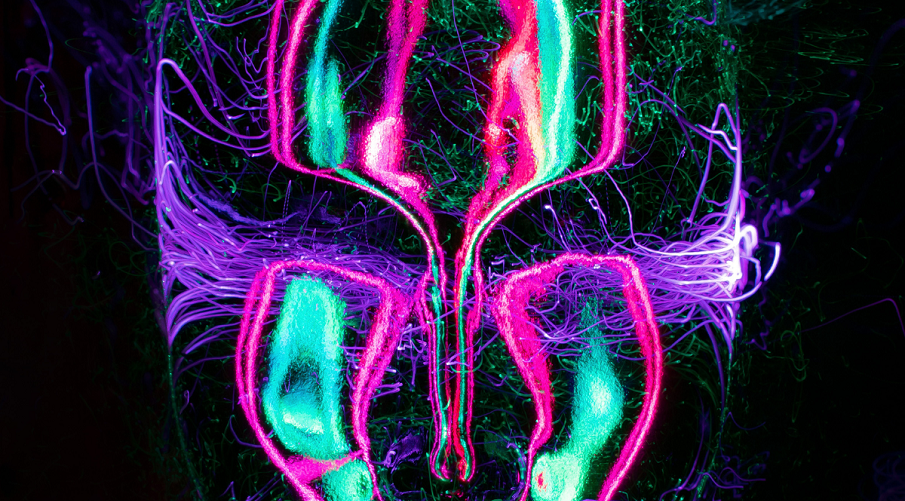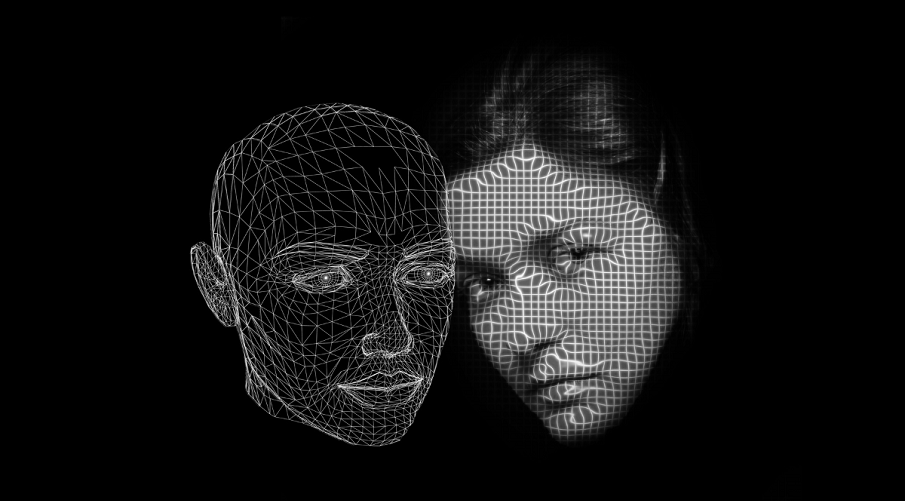ConsciousIntegratedTherapy (CIT) is a holistic integrative psychotherapy approach to improve conscious and reduce unconscioussness for improved mental health.
This can blend seamlessly with TrancePlan Hypnotherapy.
As there is universal consciousness the person is affected by society and has the potential to change first within.
What Exactly is CIT?

Conscious Integrated Therapy (CIT) is a holistic approach to therapy that combines traditional therapeutic techniques with mindfulness and body based practices.
CIT focuses on helping clients to become aware of the present moment and to develop greater insight into the root causes of their distress.
This approach is based on the understanding that our thoughts, feelings, and behaviors are all interconnected and can be used to gain insight into our experiences.
Through CIT, clients can learn to access their inner wisdom, build resilience, and develop the capacity to live with greater ease and joy.
CIT can help clients to gain clarity and insight into their current struggles, as well as to develop new skills and strategies for managing difficult emotions and situations.
If you want to learn how to start with CIT, please go here!
What do I want in therapy? Who is asking? Who am I?
How can one change something without knowing “Who am I”?
Often people will not be able to get the most enjoyment from life and be conditioned to not expect long term bliss state higher consciousness.
Associating with unreal identity produces symptoms such as unconscious resistance, confusion, procrastination, inner conflict, depression, anxiety, ptsd.
Like a funny house hall of mirrors each reflection appears to be real.
Often times the mirrors are cracked and broken.
And like the song goes, “there’s a crack in everything that’s how the light gets in”.
We seek for help in guidance only when there is a problem.
But we can prevent the problems to a great extent listening to our inner selves.
This increases self awareness in the mind and body connection.
When we become aware of our true identity, we can start to change the things that we want to change.
We can start to make conscious decisions and take conscious actions that are in alignment with our true nature.
We can start to develop our own understanding of who we are, and how we want to live our lives.
We can start to create our own reality, and manifest our dreams and goals. We can start to create our own destiny.
You are that not this.

The Upanishads have declared,
tat tvam asi
तत् त्वम असि
“you are that, not this.“
This means that you are not only your body, mind, or personality, but also the eternal essence that is the source of these things.
To change something, you must first understand who you really are, and then you can use that knowledge to make changes that will lead to lasting happiness and fulfillment.
By understanding your true identity, you can begin to make choices that are in alignment with your true nature and that will bring you greater peace, joy, and contentment.
If you constantly keep this in mind, then you are already into the spiritual life.
What happens is that all of us play a role in this world, every one of us: Husband, wife, businessman, producer, actor, worker etc.
To play the role is alright.
You play a good role and then what happens?
When you go home, are you still playing the role?
Or have you wiped off your grease paint and you’re back to who you are?
Don’t forget that you are not what you are projecting.
Because it’s a role, you can’t carry it into real life.
So, what is real?
The reality is that you are the self, the inner self.
I’m that which is an essence, a part of the all pervading supreme reality.
If this thought occurs, then you see the supreme being in every little leaf and grain of sand.
It has to settle down, absorbed within, and then you see the inner and the outer as the same.
All other things are role playing.
Role playing is the root of all sorrow.
Break this shape and you have reality.
To learn more or reach out to Susan visit: www.TrancePlan.com
Examples of CIT approachesl:
1. Energy healing modalities such as Reiki, Pranic Healing, and Quantum Touch.
2. Mindfulness based therapies such as MBCT, DBT, and ACT.
3. Cognitive Behavioral Therapy (CBT) to help with reframing and changing negative thought patterns.
4. Neuro Linguistic Programming (NLP) for identifying and changing patterns of behavior.
5. Emotional Freedom Technique (EFT) for releasing emotional blocks.
6. Hypnotherapy to access the subconscious mind.
7. Meditation and yoga for calming the mind and body.
8. Spiritual practices such as chanting, prayer, and visualization.
9. Shamanic journeying and energy work to access higher states of consciousness.
10. Breathwork/Pranayama for releasing stuck energy and calming the nervous system.
To learn more about CIT or reach out to Susan visit: www.TrancePlan.com






